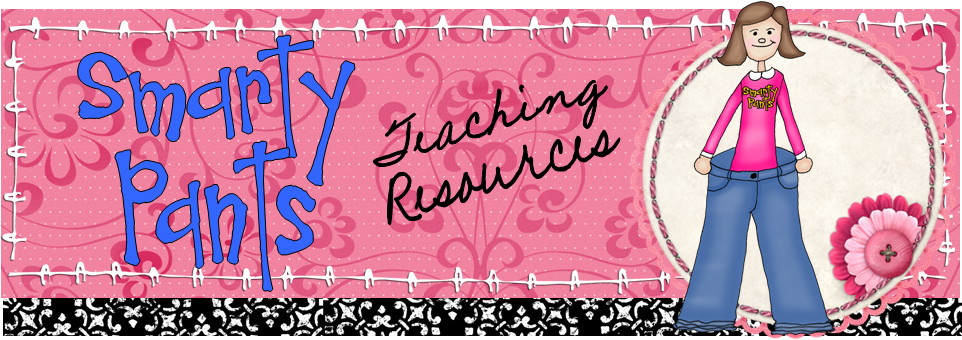Or, Five Pointers Regarding Religion in Public Schools
The holidays are coming up. Halloween's already right around the corner, then Thanksgiving, and then the winter holidays. For many public schools these are tense times, with teachers and administrators carefully monitoring newsletters and bulletin boards to make sure the word Christmas isn't used. You may feel as if you're pretending the holiday doesn't exist. With all of the caution and hullabaloo, you may wonder: What exactly is permissible under the U.S. Constitution?
Here are 5 quick points about what you can and can't do with regard to religion in the public schools, including some guidelines about religious holidays. This information was gleaned from a document called "A Teacher's Guide to Religion in the Public Schools" which I found on the Freedom Forum website. A big "thank you" goes out to Greg Koukl of Stand to Reason for recommending the booklet.
1. You CAN teach about religion if it is "presented objectively as part of a secular program of education," according to Associate Justice Tom Clark in the Abington v. Schempp ruling. There are several contrasting phrases describing what religious education should be in a public school setting. It should be characterized by the following terms: academic, awareness, study, expose, educate, and inform. It should not be characterized by these terms: devotional, acceptance, practice, impose, promote, denigrate, or conform.
2. You CAN teach about religious holidays such as Christmas and Hanukkah, though you may not celebrate them. You CAN use religious symbols, art, drama, music, and literature for instruction regarding religious holidays if they are used as academic examples and there is a genuine instructional purpose. You CANNOT assign students to create artwork that requires students to incorporate religious symbols, though students CAN decide on their own to include them.
3. You CAN meet with other faculty during free time to pray; you CAN pray silently at any time; you CAN pray when you are not with students.
4. You CAN wear "non-obtrusive jewelry, such as a cross or Star of David," but you CANNOT wear clothing that bear "a proselytizing message," such as a shirt that says "Jesus Saves."
5. You CAN answer a student's question about what you believe as long as your answer is short and to the point and does not include a proselytizing message. You are encouraged to consider the age of your students, since very young students may confuse even the most direct answer as a recommendation or statement of the school's official belief.
Have you encountered the overly cautious attitude that says you don't utter the words Hanukkah or Christmas? Does your school have a staff prayer group? How do you recognize and incorporate various holidays into your classroom instruction?
Related Products from My Store at Teachers Pay Teachers:
Fall / Halloween / Thanksgiving
- Thanksgiving Cornucopia Coordinate Graphing Activity, $2.75
- Bat Ordered Pairs Practice, $2.75
- Trick or Treat Safety Tips PowerPoint, $1.50
- Christmas Adjectives Writing Activity and Bulletin Board, $3.00
- Hands-On Holiday Fact and Opinion Sort, $2.00
- Snowman Ordered Pairs Practice, $2.75
- A Very Merry Set of Directions, $1.25
- 6 Winter Activities to Keep Students Engaged, $5.00

No comments:
Post a Comment